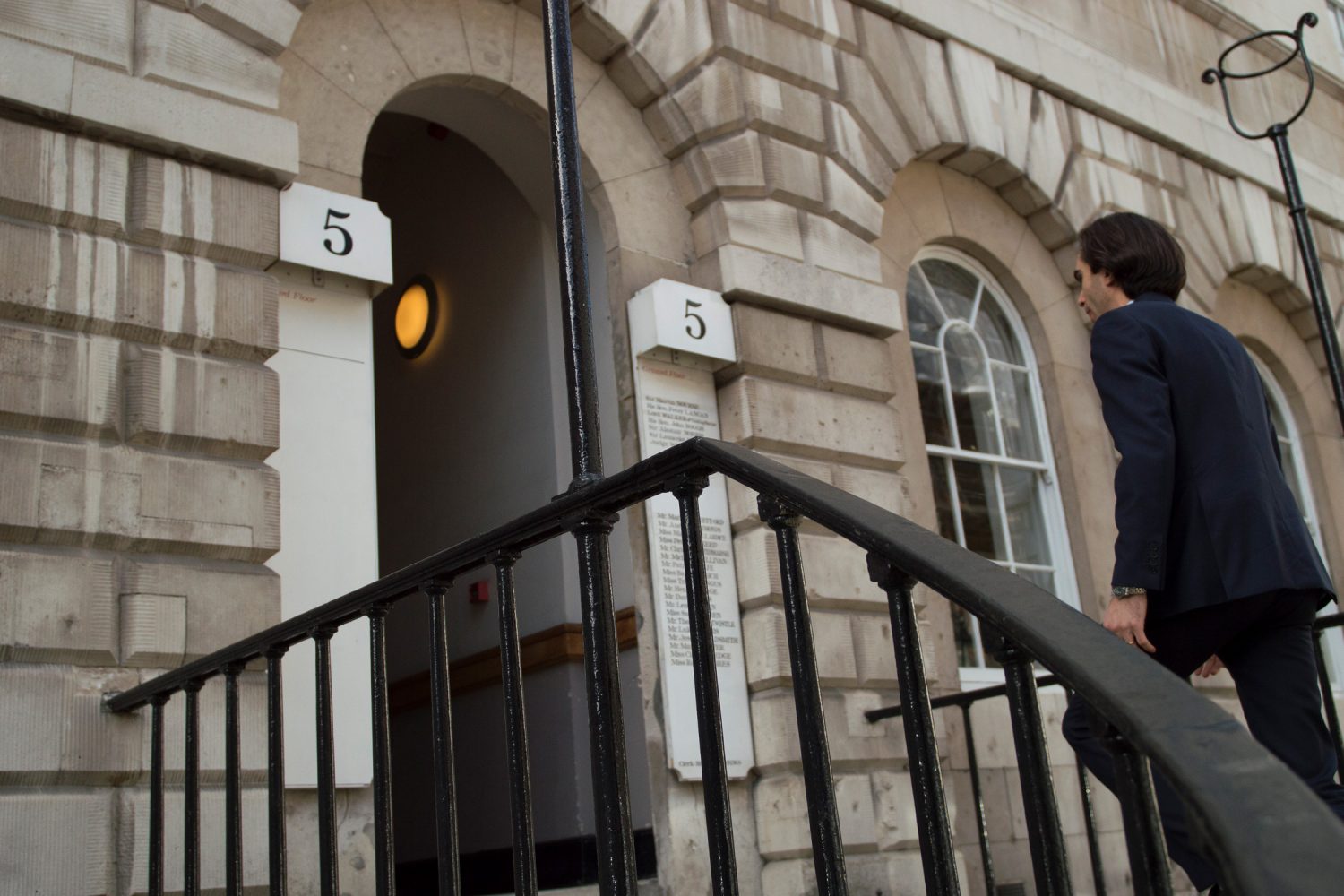Dispute resolution in 2020 – Virtual Reality
Covid-19 has made virtual Courts and Alternative Dispute Resolution a reality for Barristers at 5 Stone Buildings and their clients. This article seeks to share what we have done and what we have learnt in the first few weeks of this digital experiment, in keeping the wheels of justice in motion.
Since digital Courts suddenly became the new normal, Barristers at 5 Stone Buildings have, among other things:
a. appeared in virtual Court 10 on applying for urgent interim orders in the Applications Court by Skype for Business in a 1975 Act claim;
b. appeared in the Chancery Division applying for summary judgment against a defaulting executor by Skype for Business;
c. been involved in the Family Division proceedings using Microsoft Teams;
d. appeared in the Court of Protection in relation to an urgent statutory will, by Zoom;
e. obtained permission to cross-examine an expert in the Court of Protection by telephone;
f. appeared before a Chancery Master in connection with the removal of an executor by Skype for Business;
g. undertaken mediation advocacy by Zoom, Skype and Facetime involving issues such as proprietary estoppel, devastavit, partnership, the 1975 Act, constructive trusts and TOLATA.
Our 5 top tips are:
a. be prepared – it is even more important than usual to be fully prepared for Court in advance. Papers cannot be handed up on the day and bundles will need to be sent electronically in good time, e.g. if informed that they have been ‘corrupted’ new files can be sent;
b. test the technology – if possible, have a trial run of the hearing with the Court and all participants. Make sure you use the same place in the house that you intend to use for Court, as secluded as possible;
c. mute that mic – at all times when you are not speaking, otherwise feedback will occur which significantly disrupts the hearing; use headphones if you can (chic!): ones with a microphone are particularly useful;
d. build a relationship – this applies particularly to mediation, it is harder to build a relationship for the first time over video so consider having more contact than you normally would with a client you have not previously met prior to your mediation;
e. co-operate – it may not always be easy to co-operate with the other side, but now, more than ever, more will be achieved if agreements can be reached in advance on what technology to use and to narrow the issues to be determined.
Overall, our experience is that the technology has been working really quite well, and disputes can be resolved both judicially and through alternative dispute resolution, particularly when all parties are keen to engage constructively. We note that it can be more difficult for authority and control to be exerted softly by judges and by mediators and that therefore, in particular, mediators may need to be more interventionist in order to get cases to settle than would otherwise be the case.
Case study: summary judgment against defaulting executor
We managed to issue by courier and the solicitors opened a WhatsApp group with the Defendant who was a solicitor acting in person. This was extremely helpful because the blue double ticks indicated that the Defendant had read the communications and had been informed of the manner in which to join the Skype for Business hearing. We provided a core bundle and a main bundle in the hope that we would only need to refer to material in the core bundle but the material in the main bundle was available for the judge if he wanted. The judge asked for book marked PDFs, so the bundles were resent in this fashion. The solicitors did a great job of preparation for the hearing.
The judge’s clerk arranged a test Skype call where we were able to iron out feedback issues with the audio from counsel for another party. This was an excellent opportunity to ascertain what ‘paperwork’ the judge had actually received.
During the hearing, the judge warned us that his dog might make an appearance, which he duly did! The judge was easily persuaded that the Defendant could have joined the hearing had he chosen to, and did want to be taken to the additional factual material, so it was helpful to have the main bundle. There was some additional material which had been sent to the judge which he could not immediately find in his inbox, it was helpful to have the times and dates of the emails sent to the judge’s clerk.
It was possible to take instructions using a WhatsApp group created for this purpose and the judge also rose for this purpose with counsel muting the video and mic and phoning the solicitors.
Whilst it was harder and more clunky than an in-person hearing and more difficult to make a connection with the judge, a fair hearing was conducted, the client’s interests were protected and summary judgment was obtained.
